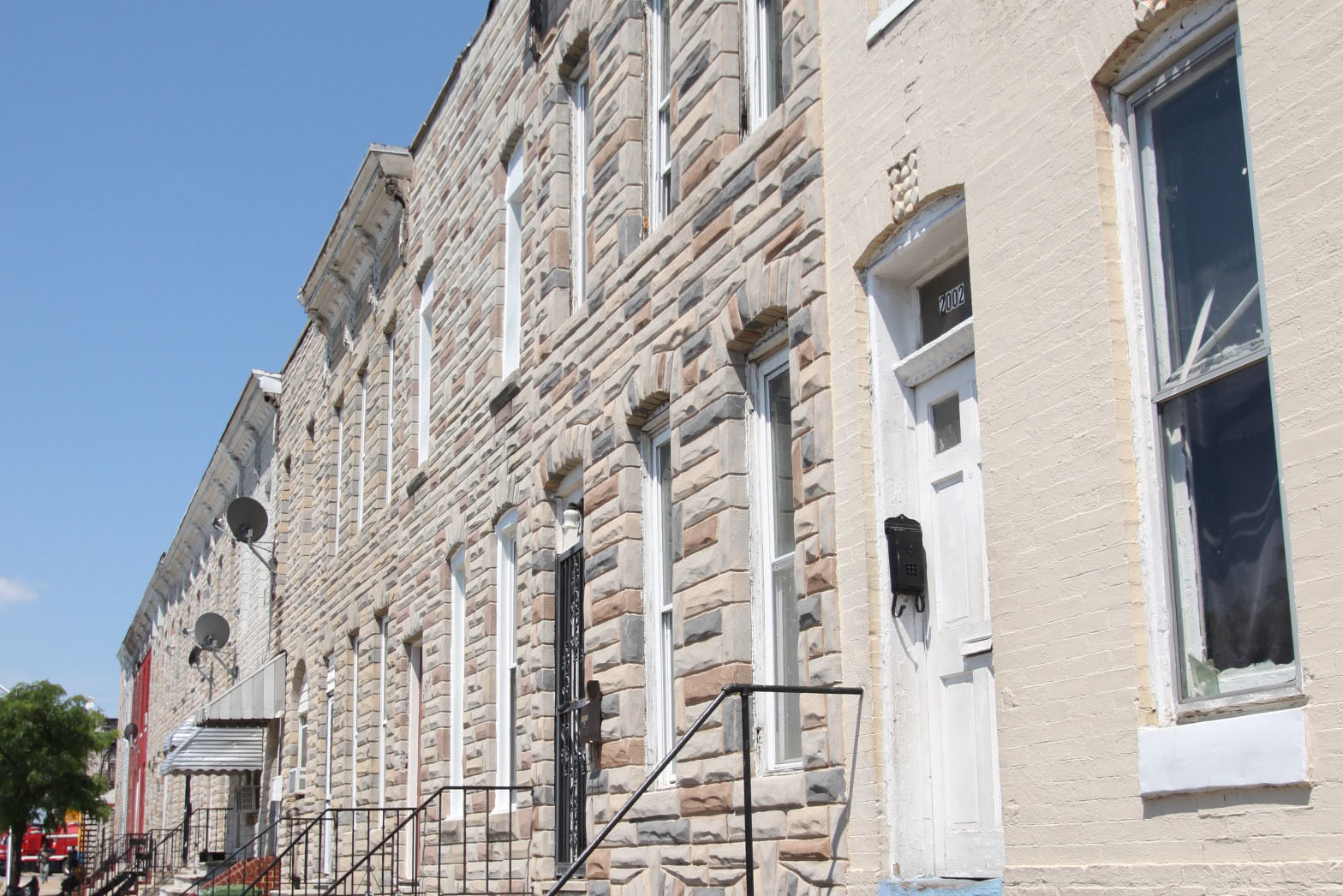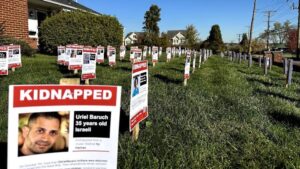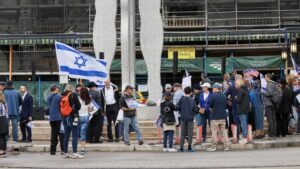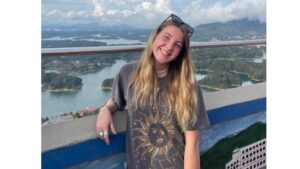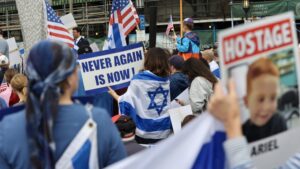Throughout Gilbert Cohen’s childhood – during the Great Depression when his family of seven lived in a narrow Southwest Baltimore rowhouse near railroad tracks and a cookie factory — it was risky to play cards on the corner and fatal to express love.
Only once did Cohen’s parents – first-generation American Jews named Julius and Lillian – tell their middle child to his face that they loved him.
“My mother told me the day my son got married and died the next day,” said Cohen, a retired pharmacist. Years later, his father found the strength to say the same thing. “And he died the next day.”
That’s how things were back then for kids like Cohen, born in 1932 a few weeks after FDR’s first election. Fathers, and sometimes mothers, were not especially demonstrative; large families lived in small houses and you could get locked up for playing cards for pennies.
“I can see us there now,” said Cohen on a recent visit to the old neighborhood, staring at the corner of Eagle and Pulaski streets through the windshield of his car like watching a movie tinted in amber. “We were playing pitch and a cop came by and told us to break it up.”
The wisenheimers, all 11 or 12, ignored the long arm of the law, which soon yanked them to original Southwestern District, a 19th-century lock-up at Pratt and Calhoun streets.
What was worse than the electric chair in those days? Your old man having to come and get you at the police station after a hard day working the ovens at Silber’s Bakery on Monroe Street.
“On the way home, my father never said a word,” remembered Gil. “But I got ‘the look.’” Not every Jewish kid of Cohen’s generation understood Yiddish, but all of them could translate “the look.”
Very simply: Do it again and I’ll beat the daylights out of you.
“Little Jerusalem” – of which there is barely a trace beyond the memories of octogenarians like Cohen – included two synagogues and a Hebrew school and was roughly bounded by Ashton, Eagle, Monroe and Smallwood streets.
Less fabled than the bazaar that was Lombard Street and more pungent than the future “good life” in the ’burbs of Pikesville, the area was heavily Jewish from the 1920s until the years immediately following World War II.
Once simply poor, it is now poor and blighted; a Baltimore about which familiar stories –whether Jew or gentile, Eagle Street or Eastern Avenue — have been burnished in generations of tales about the good old days.
The rowhouse steps were wooden and whitewashed, and youngsters would sit beneath them to watch the rain fall. A-rabbers sold everything from soft crabs to squash from horse-and-wagons. And kids from families living near the railroad tracks – like the ones where Pulaski Street dead-ends near Carroll Park – filled wooden bins with coal that somehow fell from coal cars to feed the furnace in the basement.
And of course, for a nickel you could get the ubiquitous coddie on a cracker and some seltzer to wash it down.
Then there are the stories that people never told outside of the home because their sting hit close to the bone; confusions suffered behind closed doors, carried deep into adulthood, and, if not lanced, taken to the grave.
Gil Cohen’s baby brother — 7-year-old Shelby, who slept on a daybed in his parents’ room – came down with diphtheria in 1943. “They took him to the hospital and I never saw him again,” said Cohen, who was 11 at the time. “My father flew into a rage like you wouldn’t believe. He screamed, ‘It wasn’t my fault!’ and stormed out of the room.”
Julius went to work the next day and Lillian is said not to have cried. Gil and his siblings went to school in the morning “like nothing happened,” and no one sat shiva for Shelby. “How,” wondered Cohen, still vexed by the memory, “can you lose a son and not grieve?”
After our visit to Eagle Street, Cohen returned to his Mount Washington home and tried to read on the back porch, as is his custom. Instead, he was flooded not with memories – we’d been through most of those — but feelings.
“When I close my eyes and remember Eagle Street, I realize that I lived in a time that my children and grandchildren will never know and that made me sad,” he said. “The old neighborhood is [now] depressing, but the memories were warm and I felt rich.”
Top photo: 200 block of Eagle Street (Photo by Solomon Swerling, Jmore)
 Rafael Alvarez hosts the monthly “Readings with Ralphie” series at the Bird in Hand Café & Books in Charles Village. He can be reached via orlo.leini@gmail.com.
Rafael Alvarez hosts the monthly “Readings with Ralphie” series at the Bird in Hand Café & Books in Charles Village. He can be reached via orlo.leini@gmail.com.

